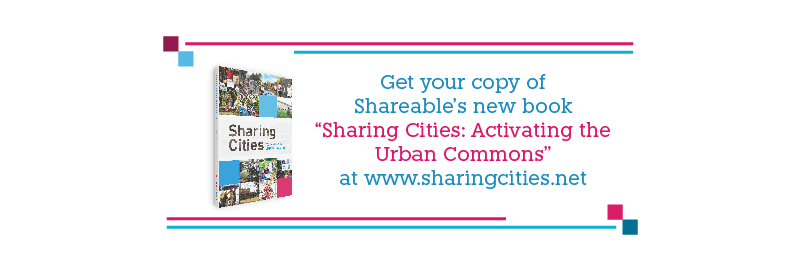1. Nippon Active Life Club: Time Banking for Affordable Elderly Care
In a country like Japan, where people over the age of 65 make up more than a quarter of the population, a pressing question is how the elderly can be provided with quality care without it becoming a major strain on the rest of the tax-paying population. Since the 1970s, time banking approaches have been developed there to address this problem. In Japanese, these practices are collectively called "fureai kippu." People who help the elderly earn time credits, which they can redeem themselves when they grow old, or gift to older family members living in other cities. Such credits can be supplemented with cash payments. Those who commit their time are generally not professional caregivers. Therefore, most of the care work includes basic services such as cleaning, yard work, and general companionship. Some of the time banks are run by local governments or quasi-governmental organizations. The largest number of them belong to a nonprofit network called Nippon Active Life Club. The club operates a time bank supported by member dues, and members pay for care work in both time credits and cash. As of early 2016, it had nearly 18,000 members and 124 offices across the country. Learn more at Sawayaka Welfare Foundation (Japanese). —Ryan T. Conway
2. Self-help Credit Union: Nonprofit Financial Services for Underserved Communities
Community development initiatives, such as cooperatives and local food projects, require financial services that many conventional banks do not offer. At the same time, most major banks do not provide underserved communities with services to help secure their well-being. The Self-Help Credit Union is a Community Development Financial Institution with a mission to create opportunities for people who would otherwise not be able to obtain reasonable financing terms. Its main focus is on assisting marginalized people and locally-oriented enterprises. It is a network of two credit unions, a nonprofit loan fund, and policy advocacy organization. The credit unions offer a wide array of standard financial services to individuals and community development projects, such as checking and savings accounts and loans. Its advocacy arm is involved in promoting fair lending practices across the United States. Since 1980, when the Self-Help Credit Union began in Durham, North Carolina, it has gradually expanded its business by merging with similar credit unions across North Carolina, California, Florida, and Illinois. This larger network is called the Self-Help Federal Credit Union, which has 40 branches serving 130,000 people. —Wolfgang Hoeschele
3. WIR Bank: Cooperatively-managed Electronic Currency for Community Economic Development
The Great Depression of 1929 was felt globally. In Switzerland, it triggered a mass currency shortage, leaving businesses unable to buy or sell their goods and services. In response to the crisis, a board of progressive thinkers formed the "Wirtschaftsring-Genossenschaft" (German for "economic circle cooperative"), an independent system to supplement the national currency. When it was created in 1934, the founders' aim was to serve small and medium-sized enterprises (SMEs) by enabling them to extend lines of credit to each other. In 1998, it expanded its offering of financial services and renamed itself the WIR Bank. Since then, the cooperative bank has created the WIR Franc, an electronic currency system whose value remains equal to one Swiss Franc. The bank issues the WIR Franc by extending interest-free lines of credit, or loans, to its community members. The WIR Bank incentivizes business members to conduct business transactions with other members, thereby creating an affinity network between them. The WIR Bank has grown to more 60,000 members, including 45,000 SMEs from across Switzerland. In 2010, 1.63 billion Swiss francs ($1.66 billion) were traded among its members. Learn more at Community Currency Knowledge Gateway on WIR Bank.—Leila Collins
These three short case studies are adapted from our latest book, "Sharing Cities: Activating the Urban Commons."
Header photo Fabien Blank on Unsplash










